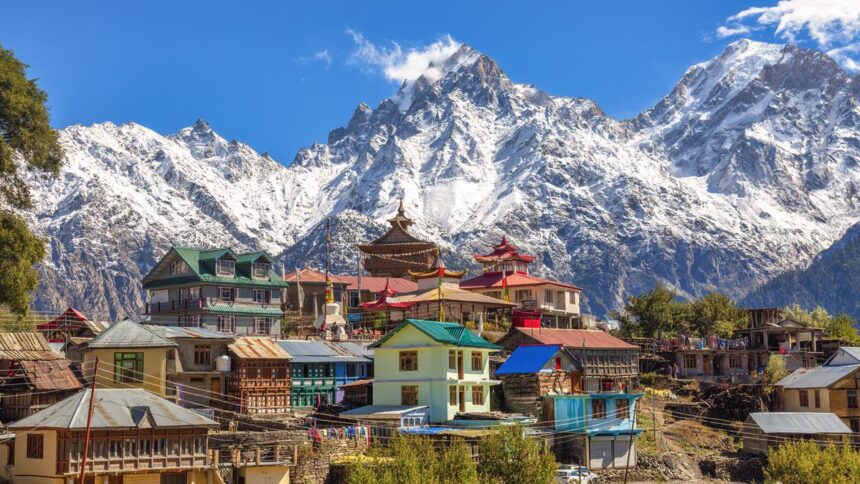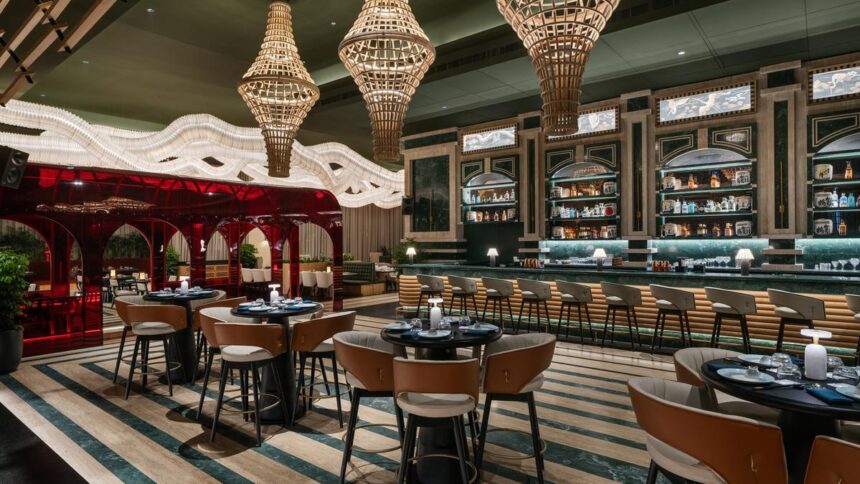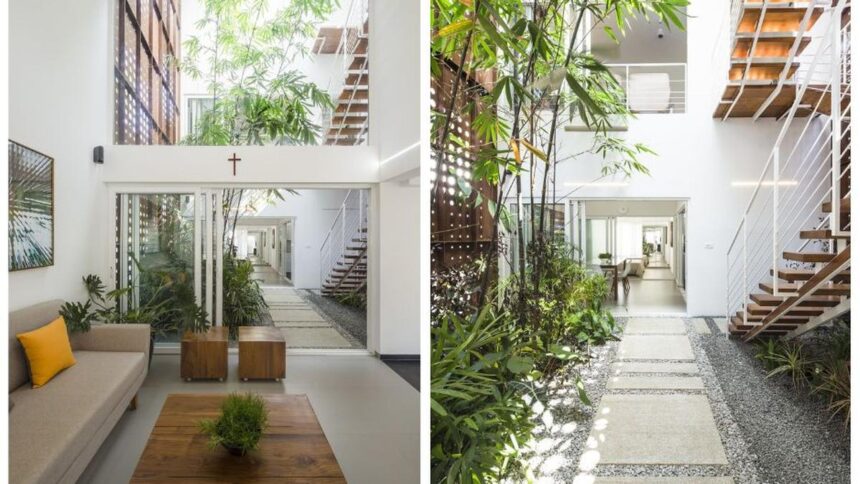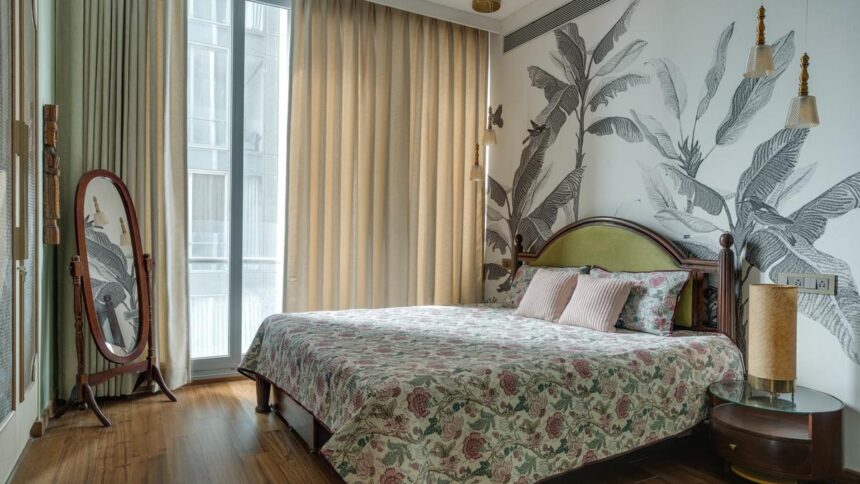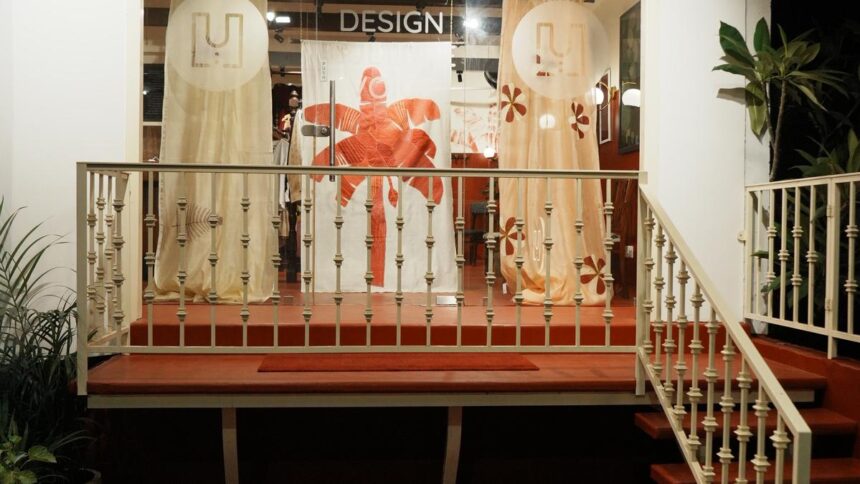Apartments priced between ₹1.5 crore and ₹2 crore — a segment that is positioned in the entry level of luxury homes or called luxury homes in the broader sense of the term — are gaining traction. This comes at a time when affordable housing, once hyped by the government to meet its slogan of ‘housing for all’, has failed to take off due to various factors.
While the need for larger, spacious houses post COVID-19, on account of lifestyle changes, has been the main reason behind the growth of such luxury homes across India, the increasing financial capability of a segment of individuals in a growing economy — to afford a home that is far costlier and better than affordable homes — is another factor. As is the ability to afford a high EMI in a lower interest rate regime.
“Homes in the ₹1.5 crore to ₹2 crore range are capturing attention because they align perfectly with the evolving aspirations of modern Indian buyers. These buyers are not just looking for a house, they are looking for a complete lifestyle experience,” saysAshish Bhutani, CEO of Bhutani Infra. “Affordable housing, while important, has not always kept up with expectations around location, quality, and amenities. On the other hand, the ₹1.5 crore to ₹2 crore segment offers well-designed spaces in prime areas with a host of lifestyle features that enhance daily living.”
Buyers in this category see their homes as long-term investments that bring comfort and status. This segment allows for access to premium features without the complexities of ultra-luxury purchases.
The rising interest in this housing category is the result of multiple forces coming together. “Urban professionals today are earning more, thinking long term, and expecting more from their homes,” Bhutani adds. “The experience of the pandemic transformed how people view their living spaces, with growing demand for larger homes that offer privacy, work-from-home comfort, and better amenities. This price bracket enables those upgrades without stepping into the ultra-luxury zone.”
A balanced routine
A key driver of this shift is the increasing appeal of the walk-to-work lifestyle, where residential units are developed in proximity to office and institutional hubs, enabling professionals to save time and enjoy a more balanced routine. “Also, within the ₹1.5 crore to ₹2 crore range, we’re seeing increased interest in premium compact formats such as serviced apartments — particularly from business travellers, entrepreneurs, and young professionals,” he states.
Moreover, home financing remains accessible and favourable, encouraging people to stretch their budgets for better value. Besides, developers are responding with smarter layouts, sustainable architecture, and more community-focused planning. The demand is clearly being driven by buyers who prioritise location, connectivity, safety, and integrated living, making this one of the most dynamic segments in today’s real estate market, he further adds.
The demand for homes in this pricing bracket is no longer limited to the major metros. While Tier 1 cities continue to lead in terms of volume and visibility, Tier 2 and Tier 3 cities are emerging as strong players in the premium housing space.
Cities such as Lucknow, Chandigarh, Coimbatore, Kochi, Goa, Haridwar and Nagpur are seeing a shift in buyer preferences, with families and professionals opting for higher-quality living environments.
This change is being driven by infrastructure improvements, rising incomes, and a growing sense of aspiration among younger buyers and returnees from metros. People are now choosing to invest in their hometowns, but with expectations shaped by urban living.
“We have observed that even in emerging markets, there is a clear appetite for thoughtfully designed, integrated developments that offer a premium lifestyle. It reflects a nationwide shift in how people define quality of life today,” Bhutani says.
New demands
According to Kedar Chapekar, CEO of Aspect Realty, a Mumbai-based developer of luxury and ultra-luxury homes, the₹1.5 crore to ₹2 crore strikes the right balance between affordability and aspiration, and thus growth.
“People today want well-connected locations, better construction quality, and amenities that support a modern lifestyle. Affordable housing, on the other hand, does not meet these requirements,” says Chapekar. “With evolving work and lifestyle patterns, individuals in Tier 2 and Tier 3 cities also prefer homes that offer more value and a better living experience.”
Harsh Jagwani, Managing Director of Notandas Realty, explains that this segment appeals to aspirational buyers looking for better locations, smarter layouts, and future-ready amenities. Such demands cannot be met and delivered by the affordable housing space.
“Post the pandemic, homebuyer choices have become far more refined and sophisticated. They’re prioritising quality of life, long-term asset value, and centrally connected locations — all of which are rarely available in sub-₹1 crore housing developments,” says Jagwani. “In addition, these buyers have better financing options, which become favourable for the mid-premium housing category.” From the market perspective, the move towards this price segment reflects an industry-wide adjustment as per the evolving demands of the customer. Several developers are pivoting from affordable to this segment of projects as there is margin viability and buyer readiness now. It also reflects a broader structural shift in Indian housing towards an aspirational and value-driven living, he added.
Ultra-luxury segment
Today, urban nuclear households and professionals are seeking homes that balance location, space, and lifestyle, without crossing over to the ultra-luxury segment. Thus, the ₹1.5 crore to 2 crore bracket provides room for such buyers, as it helps them upgrade meaningfully in terms of quality, safety, and amenities, often in well-connected city zones or emerging micro-markets.
Secondly, inflation in land rates, input and regulatory costs has made it extremely difficult for developers to sustainably supply true “affordable housing” in metro cities. This in turn has led to several projects that would have been priced below ₹1 crore now being positioned in the ₹1.5 crore-plus range.
Psychological shift
“We have observed a post-pandemic psychological shift towards home ownership, especially amongst first-time buyers and dual-income families. They are more inclined towards investing in properties that provide long-term security and enable a superior lifestyle,” explains Jagwani. “This sentiment has thus pushed them to stretch their budgets in favour of better quality and spacious living spaces.”
Anuj Puri, Chairman of Anarock Group, says luxury homes have gained higher traction post the pandemic in both new supply and sales, while affordable housing continues its retreat to the sidelines.
“The luxury segment is driven by a mounting appetite for bigger homes by branded developers in superior locations. The demand is driven by the HNIs [high-net-worth individuals], the NRIs who are purchasing residences for personal use, investment, or both,” he says.
This is a noteworthy market dynamic, given that home prices have surged nationwide due to increased input costs and robust buyer demand in the last two to three years. Moreover, if one considers the current trends, the luxury segment is poised for sustained growth, driven by several factors, including the increasing number of HNIs and ultra-high-net-worth individuals (UHNIs) in India.
“The steady appreciation in luxury property values, combined with India’s growing wealth creation and economic stability, is also creating a strong foundation for sustained growth in this segment,” says Puri. He adds that several developers, even in Tier 2 and 3 cities, have changed their strategy to launch more projects in this budget category to bridge the new demand-supply gap.
















